Roses in South Florida Zone 10b Humid: Pot or Plant? Own Root/Graft?
Kimberly Wendt (Florida Z. 10b)
last year
Featured Answer
Comments (21)
malcolm_manners
last yearlast modified: last yearKimberly Wendt (Florida Z. 10b) thanked malcolm_mannersBenT (NorCal 9B Sunset 14)
last yearKimberly Wendt (Florida Z. 10b) thanked BenT (NorCal 9B Sunset 14)Related Discussions
Own Root Roses in zone 10
Comments (10)I grow abt. 150 roses mostly on Fort. here in St. Pete, do have some own-root, but I use a lot of compost and keep it thick, which is said to deter nematodes....be careful where you get grafted roses, some nurseries use virused stock and the roses don't live very long...I've learned this personally........in Lakeland at Fla. Southern College, they have done a lot of work to produce virus-free roses, Dr. Malcolm Manners there is an expert , they have a heat-treat program to treat roses w/virus and send them out to nurseries..... they have large rose gardens showing mostly antiques on Fort. and they are a sight to behold! The Central Fla. Heritage Rose Society meets there every month, and worth joining, we discussed the virus problem at a recent meeting, it is a real problem obtaining virus-free grafted roses, I wonder if asking the nursery if they carry them would work??? sally...See MoreHelp please. I want to grow some roses in pots in south florida
Comments (10)I have a lot of experience with planting roses in pots. Consider why you want to use pots instead of planting your roses in the ground. If you want to keep your roses in pots for a long time I would consider a larger pot (10gal+) such as: I got this one at Costco ($20) a few years back. Now, if you want to pot up your roses temporarily for the purpose of giving your roses a head start, which is what I did this past year, I would recommend using cheaper nursery pots (the big box stores don't sell these, I buy mine from Diamond Fertilizer for around $1 each). I go all out and create my own potting mix by mixing top soil with compost, Perilite, granular fertilizer, and peat moss (1 bag + 1 bag + ten cups + 3 cups + 5 cups). It's an inexpensive way to pot up several dozen roses, but is very labor intensive. I used to mix in the crystals for hydration, but I didn't see much of a difference so I cut out the expense. I have found that the Miracle Gro Rose Soil is good, but I get the same outcome using the competitions garden soil (it costs around $6 a bag). I did cover my garden beds in professional grade ground cover to stem off the weeds and prevent the roses from rooting down in the ground, as this sets them back a bit when you have to relocate the pot and tear up the roots in the process. I only have a problem with needing to raise the roses off of the ground during the extreme wet months, and even then there's no predicting what will happen. I have planted several roses on Dr. Huey directly into the ground and the average life span runs between three and five years with very good care. The ones that survive past five years are those that set off on their own roots and tend to be very hardy (Don Juan, Sonia, Mister Lincoln, Queen Elizabeth, etc.). You will have to keep to a regular spray program in order to achieve success with these roses. I've found that planting these roses close to a house tends to increase their success. Unfortunately, I've had limited success with those bagged roses once placed in the ground. They are extremely difficult to start to begin with. Once you DO get them started, they tend to be less healthy than potted roses you'd find in the garden center (my experience). Try posting pictures of your situation for better feedback. Good Luck! -Adrian....See MoreAre Star Roses & Weeks Roses own roots or grafted?
Comments (30)R. Multiflora is hardy to zone 4b, and Dr.Huey-rootstock is hardy to zone 6b. Dr.Huey-roostock can live forever in my zone 5 since its roots is at the end of a long-stick (1 foot deep), so it can survive deep underground while the upper-own-root dies. The temp. at DEEP underground is 32 F, while the above temp. is -20 F in my zone 5a. The secret of Dr.Huey's living forever is its roots are at the end of a long stick to be at 32 F underground. I saw only one multiflora shoot appearing at local library, versus countless Dr.Huey-taking over. Leaves are acidic when not fully decomposed, so I consider that peat (Peat forms when dead plants are not fully decomposed). Once time I buried a bunch of leaves underground when I fixed the planting hole of Wise Portia. IT GOT WORSE !! I dug that up and the leaves turned into pitch-black & acidic peat. Wise Portia as own-root hates it (it likes alkaline with dark-green leaves). Multiflora-roostock can take acidic leaves on top better than grafted-on-Dr.Huey or own-roots. Multiflora-species thrive in high-rain & acidic soil. But Dr.Huey was bred in dry & alkaline CA. Back in 1998 I winter-protected a dozen hybrid-teas (grafted on Dr.Huey) with acidic maple leaves (not decomposed to neutral pH). They all got black canker & died through the winter. But my neighbor's dozen hybrid-teas (grafted-on-Dr.Huey) were winterized with dry & alkaline wood-chips and they survived winter great. Own-roots absolutely hate acidic leaves on top when their roots mature to be chunky & woody like Dr.Huey. When I winterized 10th-year-own-root Golden Celebration with leaves, it was only 4" tall in spring & gave me 4 lousy blooms for spring flush. So this 11th-year winter, I switched to DRY & ALKALINE wood-chips, and Golden Celebration had over 1 foot of green cane, with 20+ blooms for spring flush (in only 4 hrs. of sun). Multiflora-rootstock prefers loamy soil since it's a cluster root (spaghetti strands), versus big-fat & woody chunky Dr.Huey for dense & thick clay. Multiflora-rootstock declines in my salty & dense & alkaline clay. Dense clay need a thicker-stick like Dr.Huey to push through. Here in rock-hard & dense alkaline clay (similar to CA), Dr.Huey-rootstock is the choice but folks plant it so deep that Dr. Huey lives forever....See MoreTips for own root versus grafted roses in pots & LongAgoRoses bands
Comments (100)Thank you, Stephanie, for the tip of Garden Tutor Soil pH Test kit strips. I find that soil pH test via a solution (red-cabbage juice) is more accurate since it takes at least 1/2 hour for the minerals in soil to dissolve in water. I tested soaking coffee ground in red-cabbage juice, at first it was acidic (pinkish), but after 1/2 hour soak, the solution became clear, coffee ground is known as a buffer. Same with rose park nearby, they scattered a layer of gypsum on top of their clay. I scoop up 1 heaping Tablespoon of their soil and tested in red cabbage juice. At first the solution turned pinkish (acidic), from the 18% of sulfur dissolved first. After 1 hour, the solution became very blue (alkaline), from the calcium of gypsum being slowest to dissolve, plus the alkaline minerals in soil was slow to dissolve. SARENA: for the reason above, it's best to mix gypsum 1 month in advance into soil, and let rain or a few waterings release its acidic sulfur to dissolve minerals in soil (rather than to corrode roots). Since you are in a high-rain climate, it's good to have solid minerals on top to buffer acidic rain, such as a thick layer of Worm Casting (pH 7.4), or your clay (if alkaline like mine at pH 7.7). Vermiculite is to improve moisture and to hold nutrients, plus to make potting soil fluffy for wimpy own-roots. Perlite has zero nutrients but good to MIX-IN so roots can have more oxygen for growth. Own-root roses like moist but airy soil. Both vermiculite and perlite is best mixed into potting soil. One rooting method recommended by University of CA at Davis is to mix 1/2 vermiculite (for moisture & cation exchange) plus 1/2 perlite (for aeration)....See MoreKimberly Wendt (Florida Z. 10b)
last yearKimberly Wendt (Florida Z. 10b)
last yeardianela7analabama
last yearlast modified: last yearKimberly Wendt (Florida Z. 10b) thanked dianela7analabamaKimberly Wendt (Florida Z. 10b)
last yearlast modified: last yearKimberly Wendt (Florida Z. 10b)
last yearmalcolm_manners
last yearsharon2079
last yearKimberly Wendt (Florida Z. 10b)
last yearKimberly Wendt (Florida Z. 10b)
last yearKimberly Wendt (Florida Z. 10b)
last yearKimberly Wendt (Florida Z. 10b)
last yearlast modified: last yearmalcolm_manners
last yearKimberly Wendt (Florida Z. 10b)
last yearsusan9santabarbara
last year
Related Stories
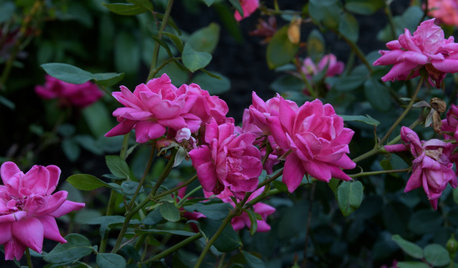
WINTER GARDENINGHow to Plant Bare-Root Roses
Late winter or early spring is a great time to put new roses into the ground
Full Story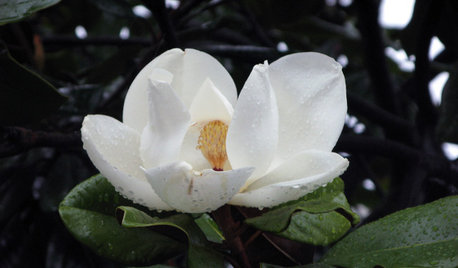
GARDENING GUIDES10 Top Native Plants for the U.S. Southeast
For a low-maintenance and wildlife-friendly landscape, use Southern natives that withstand heat and humidity
Full Story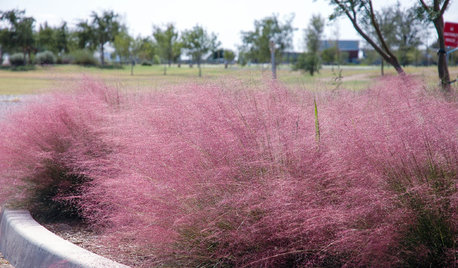
NATIVE PLANTS10 Top Plants Native to the Desert Southwest
Get a thriving garden despite unforgiving conditions with these tough, unthirsty, sun-loving beauties
Full Story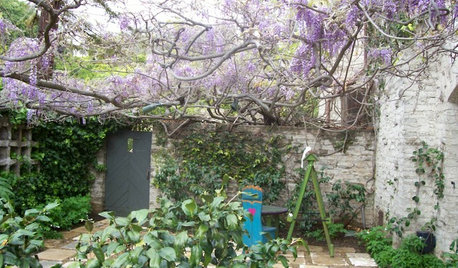
SPRING GARDENINGTop 10 Scented Plants for Your Garden
A palette of perfumed plants can transform even the smallest of gardens into a sensory delight
Full Story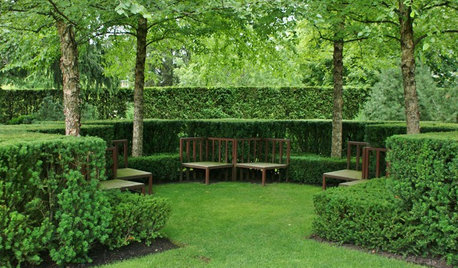
GARDENING GUIDESGrow Your Own Privacy: How to Screen With Plants and Trees
Use living walls to lower your home and garden's exposure while boosting natural beauty in your landscape
Full Story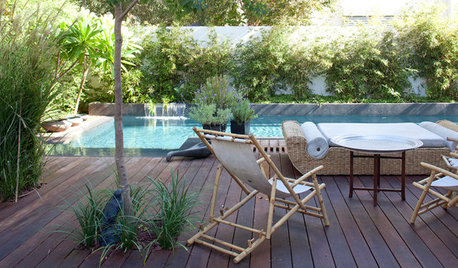
GARDENING AND LANDSCAPING10 Great Outdoor Chill Zones
Whether you have a huge poolside deck or a sliver of a patio, these ideas will kick stress to the curb all summer long
Full Story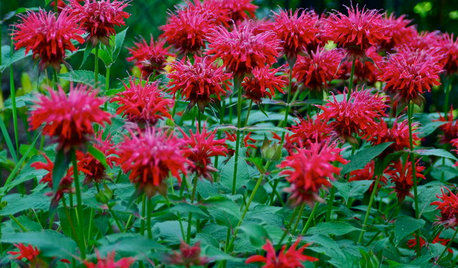
GARDENING GUIDES10 Deer-Resistant Native Flowers to Plant This Fall
Learn about natives that embrace some kinds of wildlife but resist grazing deer
Full Story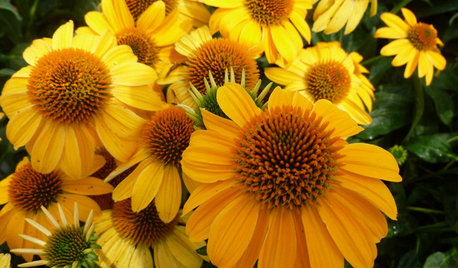
FLOWERS10 New Flowering Plants for More Garden Color in 2018
These perennials and shrubs have long-lasting color and beautiful blooms, and they attract birds and butterflies too
Full Story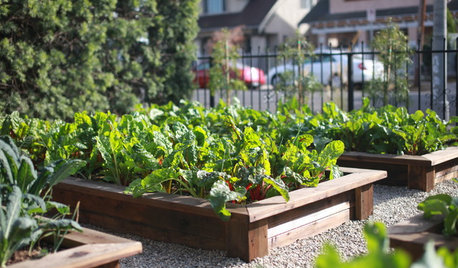
EDIBLE GARDENS10 Edible Greens to Plant Now
Get your cool-season garden started and look forward to harvesting lettuces, kale, arugula, chard and more
Full Story
PLANTING IDEAS10 Native Trees Landscape Designers Love
Pros share their top plant picks in this roundup of beautiful and beneficial native trees from around the country
Full Story




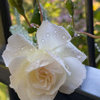
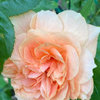
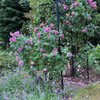
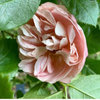
sultry_jasmine_nights (Florida-9a-ish)